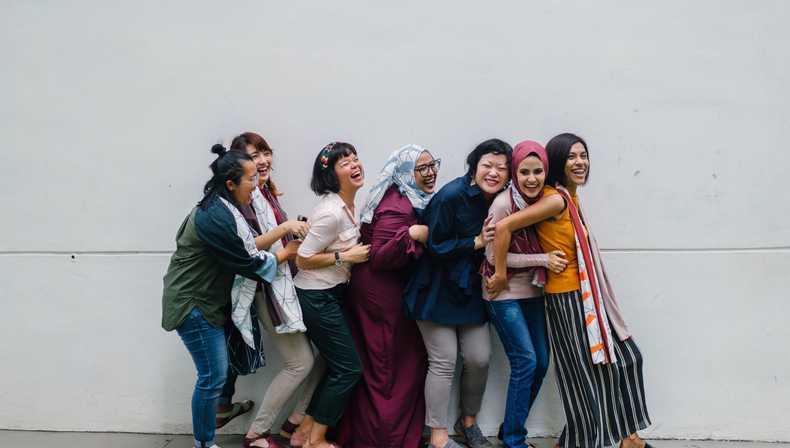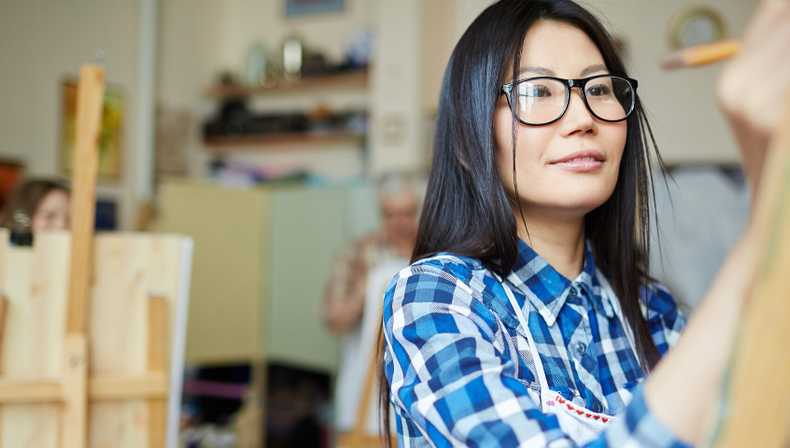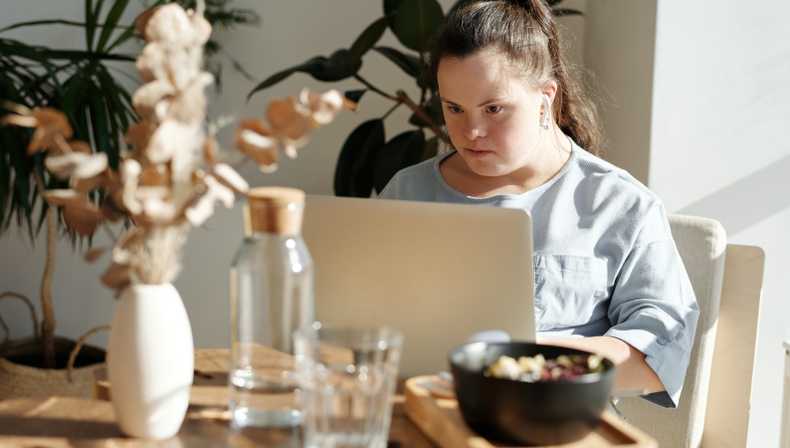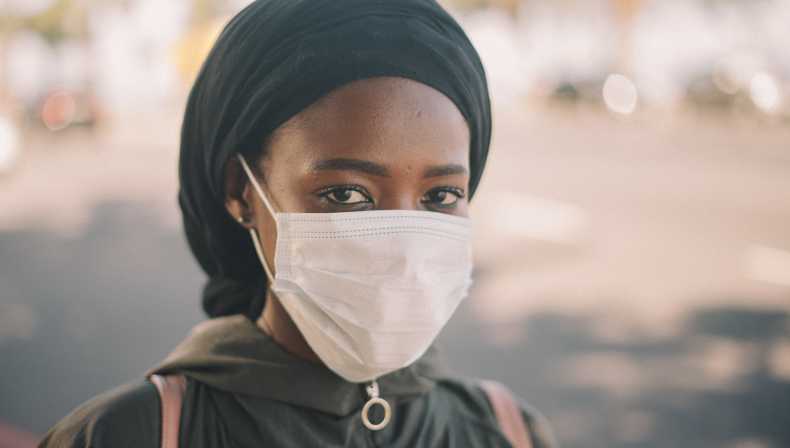Gendered impacts and the COVID-19 recovery
The disproportionate impact on women has been a common theme in commentary on the pandemic – women have been most affected by job losses and shouldered extra caring responsibilities through disruption to work, school and care arrangements. Learning from their experiences must shape the recovery.

While COVID-19 has had significant impacts on many Victorian industries and businesses in the last six months, the over-representation of women in frontline, essential work has left them most exposed. The Workplace Gender Equality Agency estimates that women account for nearly four in five workers in healthcare and social assistance across Australia. This includes nurses, midwives, doctors, pharmacists, allied health professionals, aged care staff, social workers and community welfare workers – people who have been playing an essential role in supporting the community through this period and who have experienced the greatest exposure to the virus.
More women than men have lost their jobs or had their working hours drastically reduced because of COVID-19, and this has had significant consequences for their pay and economic security. Research by the McKell Institute found that the rate of job loss for Victorian women was almost five times that for men. And, according to ABS monthly labour force data, this means we are now seeing the highest number of Victorian women facing unemployment ever.
On pay arrangements, our recent survey of 1,500 Victorians confirmed that women have also experienced more significant impacts from COVID-19 than men. While more men than women reported a pay reduction during the pandemic (29 per cent compared to 22 percent), the women who did report lost income lost much more – women’s pay was cut by 46 per cent on average, compared to 30 per cent for men. Part-timers experienced a 39 per cent hit to their pay, and it rose to 65 per cent for casual employees.
While women’s working lives are being disproportionately affected by the pandemic, they’re also feeling the impact outside of work – women are shouldering a disproportionate burden of increased unpaid caring responsibilities due to, among other things, the closure of schools and childcare, ill-health or the inability to afford care following the loss of paid work.
Our survey found that women in the workforce have continued to take on the lion’s share of caring responsibilities, regardless of whether they were employed full-time or part-time or had a partner who was working from home during the pandemic. For many women, this has led to increased stress, mental health concerns, and feeling overwhelmed and exhausted.
These impacts are reflected in the enquiries and complaints the Commission has received during the pandemic, too, where employees reported not being able work flexibly despite bearing the additional childcare responsibilities thrust on many workers.
We must also acknowledge that women are at heightened risk of family violence during the pandemic. There’s evidence to suggest that family violence is exacerbated during emergency situations, that that has certainly held true in family violence data from Victoria and other jurisdictions. Various experts have suggested that the rate and type of violence may have changed and escalated during the pandemic.
Collectively, what this tells us is that the pandemic has both magnified and exacerbated deep pre-existing, structural gendered inequalities. And the impacts for women will be long-lasting, resulting in long-term disadvantage and economic insecurity.
Pursuing workplace equality is more than just an ethical decision; it makes good business sense too. The McKinsey Global Institute has estimated that Australia could add $225 billion (or 12%) to its GDP by 2025 by accelerating progress towards gender parity.
Foundations for recovery
- Gather data on the gendered impacts of COVID-19 by collecting gender disaggregated data during the pandemic to ensure policies, budgeting and recovery planning consider the impact on women.
- Ensure equal representation by including the voices of women from diverse backgrounds in decision-making and engaging with organisations that have gender expertise.
- Ensure that stimulus measures and economic initiatives target industries that benefit women as well as men, and that new jobs and reskilling opportunities are not limited to male-dominated sectors.
- Explore opportunities for free, accessible and properly funded childcare to support women’s workforce participation.
- Prioritise measures to close the gender pay gap, including gender inequality in superannuation.
- Embed flexible work as part of a business-as-usual approach, enabling men and women to better balance and share caring responsibilities.








